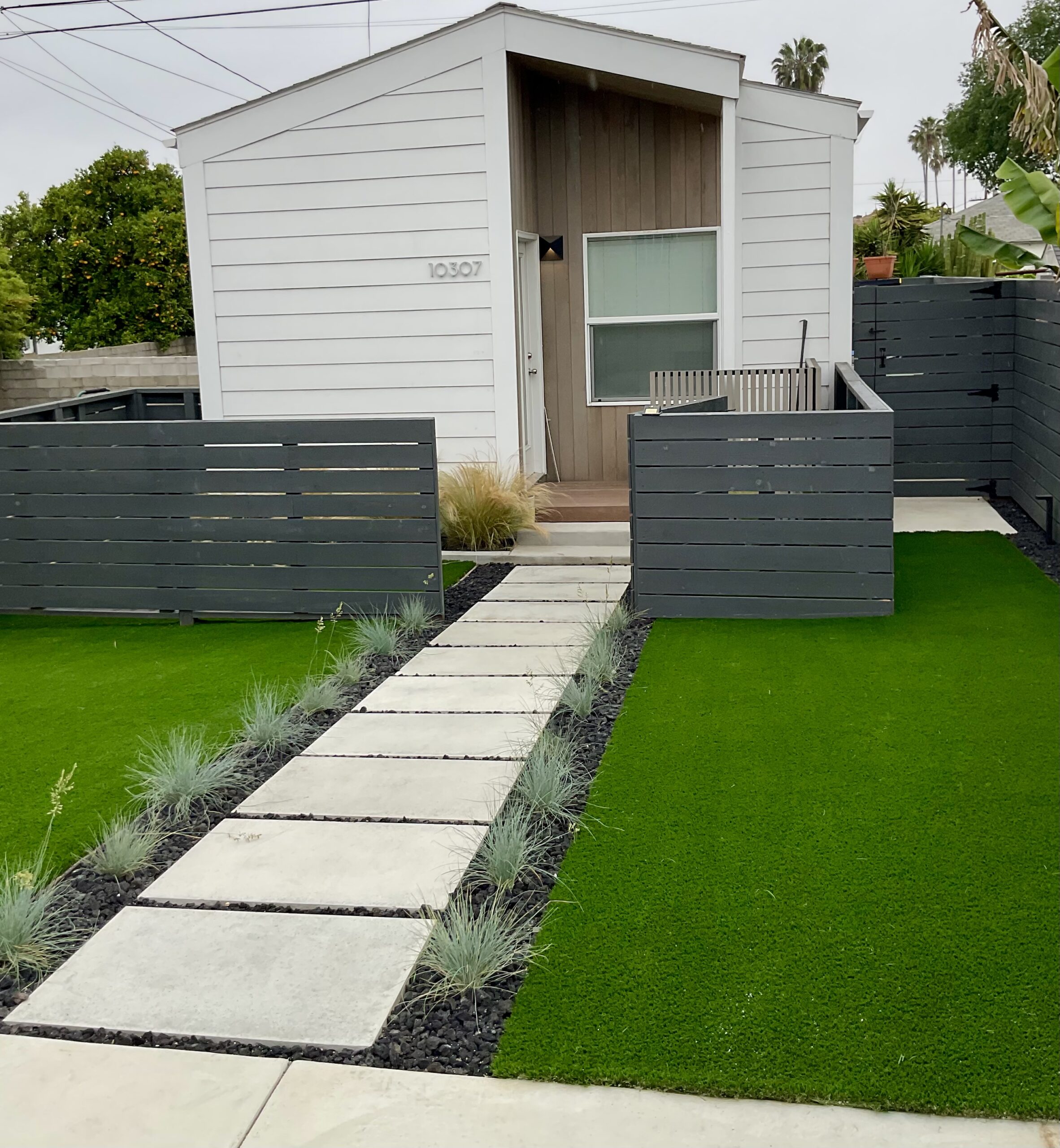Accessory Dwelling Units (ADUs) have become increasingly popular in California due to the state’s housing crisis and recent legislative changes that make it easier to build them. Whether you’re looking to create additional rental income, accommodate family members, or increase property value, building an ADU can be a great investment. However, navigating the process can be complex, requiring careful planning, compliance with local regulations, and the right professional support.
This guide will walk you through the essential steps for successfully building an ADU in California.

Before starting your project, research local zoning laws and ADU regulations. While California state law has streamlined the ADU approval process, each city and county may have additional requirements, such as:
Lot size and zoning restrictions
Maximum ADU size (usually up to 1,200 sq. ft.)
Setback requirements (typically 5 feet from property lines)
Height restrictions and parking requirements
Check with your local planning department to ensure compliance with your area’s specific ADU guidelines.
There are several types of ADUs to consider:
Work with an architect or designer to create a functional and compliant design that meets California’s building codes.
You’ll need several permits before construction begins. These typically include:
Planning Approval: Ensure your design complies with zoning laws.
Building Permit: Submit architectural and structural plans to your local building department.
Utility Permits: Address connections for water, sewage, and electricity.
Environmental & Fire Safety Permits: Some areas may require fire sprinklers or additional safety measures.
Hiring experienced professionals is crucial for a successful ADU project. You may need:
Architect or Designer: To create a well-planned layout.
General Contractor: To oversee construction and ensure compliance.
Structural Engineer: To assess the integrity of the foundation and framing.
Once all permits are approved, construction can begin. The timeline for building an ADU varies but typically takes 6-12 months from start to finish.
Throughout construction, your local building department will conduct inspections at key stages, such as:
Foundation and framing
Electrical and plumbing systems
Fire safety compliance
Final inspection for occupancy approval
Once your ADU passes final inspections, you’ll receive a certificate of occupancy, allowing you to legally use or rent the unit.
After final approval, you can decide how to use your ADU. Options include:
Renting it out for passive income
Housing family members or guests
Using it as a home office or personal retreat
Building an ADU in California is a strategic way to increase property value, generate rental income, or provide additional living space. However, it requires careful planning, knowledge of local regulations, and collaboration with professionals. By following these essential steps, you can successfully navigate the process and build a compliant, high-quality ADU.
For expert guidance on designing and building your ADU, contact Ace Design & Build today!